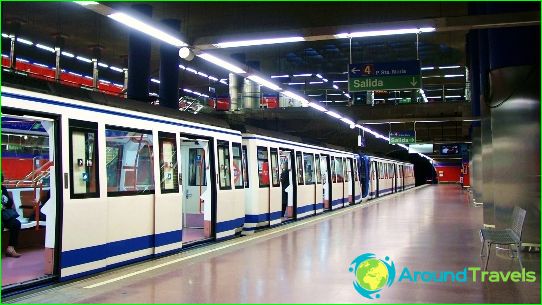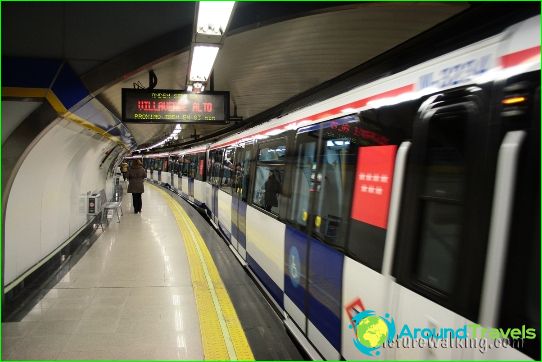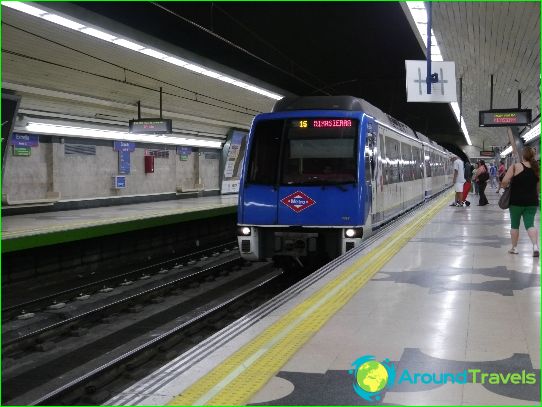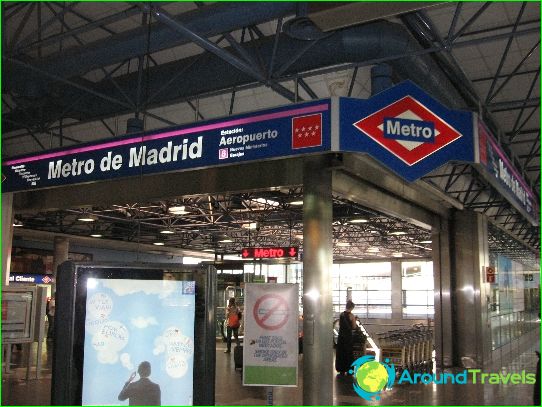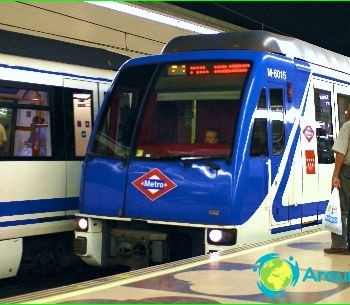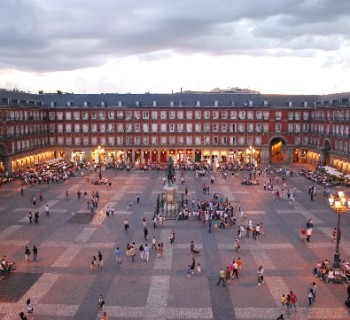Madrid metro: map, photo, description
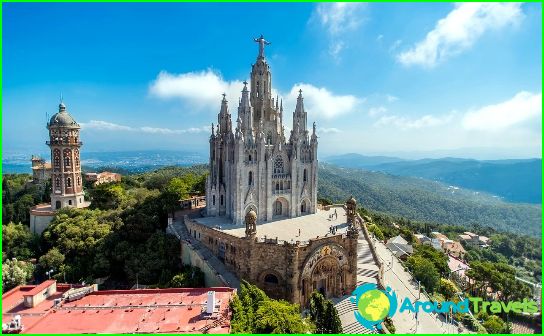
The Madrid Metro is a system of metro lines and Metro Ligero - a light metro in the capital and its suburbs: Arganda del Rey, Getafe, Alcorcon, Leganes, Mostoles.
The first line of the Madrid metro opened on October 17, 1919 - a 3.5 kilometer track connected 8 stations. Then the Madrid metro became the first metro in Spain and the second in the Spanish-speaking world after the metro in Buenos Aires. The metro was very compact and the length of the platforms did not exceed 60 meters. After the opening of the metro, the expansion of the first line and the construction of two others began. In 1936, the network consisted of three lines and a branch line between Opera and Gare du Nord. All of these stations served as bomb shelters during the Spanish Civil War..
After the civil war, work continued and the metro network gradually expanded. In 1944, the fourth line was built. In the sixties, a suburban railway appeared between Plaza de España and Carabanchel, it was connected with Lines 2 and 3 at the Noviciado station by a long passage. The fifth metro line was already with 90-meter platforms. After the opening of the first section of Line 5, the change of all platforms of the Madrid Metro began. Thus, the increase in platforms from 60 to 90 meters served as the closure of the Chambery station in 1966.', as it could be too close to the Iglesia station. Chambery' was closed until 2008, when it began to receive not passengers, but guests - a museum was opened at the station.
Madrid metro lines
In recent years, the Madrid Metro has developed rapidly and now in terms of growth rates can compete with many Asian subways. In Europe, it ranks third (after London and Moscow) in terms of the length of lines (13 underground and 3 light metro), the total length of which is 324 kilometers and the main part (more than 90% of the tracks) is laid underground. The lines serve 326 stations, of which 288 are subway stations and 38 are light metro stations). Unlike the usual right-hand car and rail traffic in Spain, the movement of trains in the Madrid metro is left-hand for historical reasons. Madrid Metro became the first in the world to build two circular lines.
Madrid metro stations are renowned for their lighting and decoration. The color scheme varies between stations, but the general principle is the same - one-color tiles of light tones are used. Some newly built stations have white walls, but this is not the norm..
Most stations have side platforms, few have a central island platform in addition to side ones. This system first appeared in the Barcelona metro and is called the "Spanish solution".
Madrid Metro tickets
The fare in the Madrid metro is zonal. A single ticket is valid for one trip within the same zone, a ticket for 10 trips is sold at a low price per trip. When crossing the border of a zone, you need to buy a new ticket for the next zone. There is a "combined" ticket, which is valid for travel between any two stations on the metro network, except for the airport station. However, for tourist cards for 1, 3, 5 or 7 days, travel to the airport is included in the ticket price.
Madrid metro video
Pictures of Madrid metro
Madrid metro map
